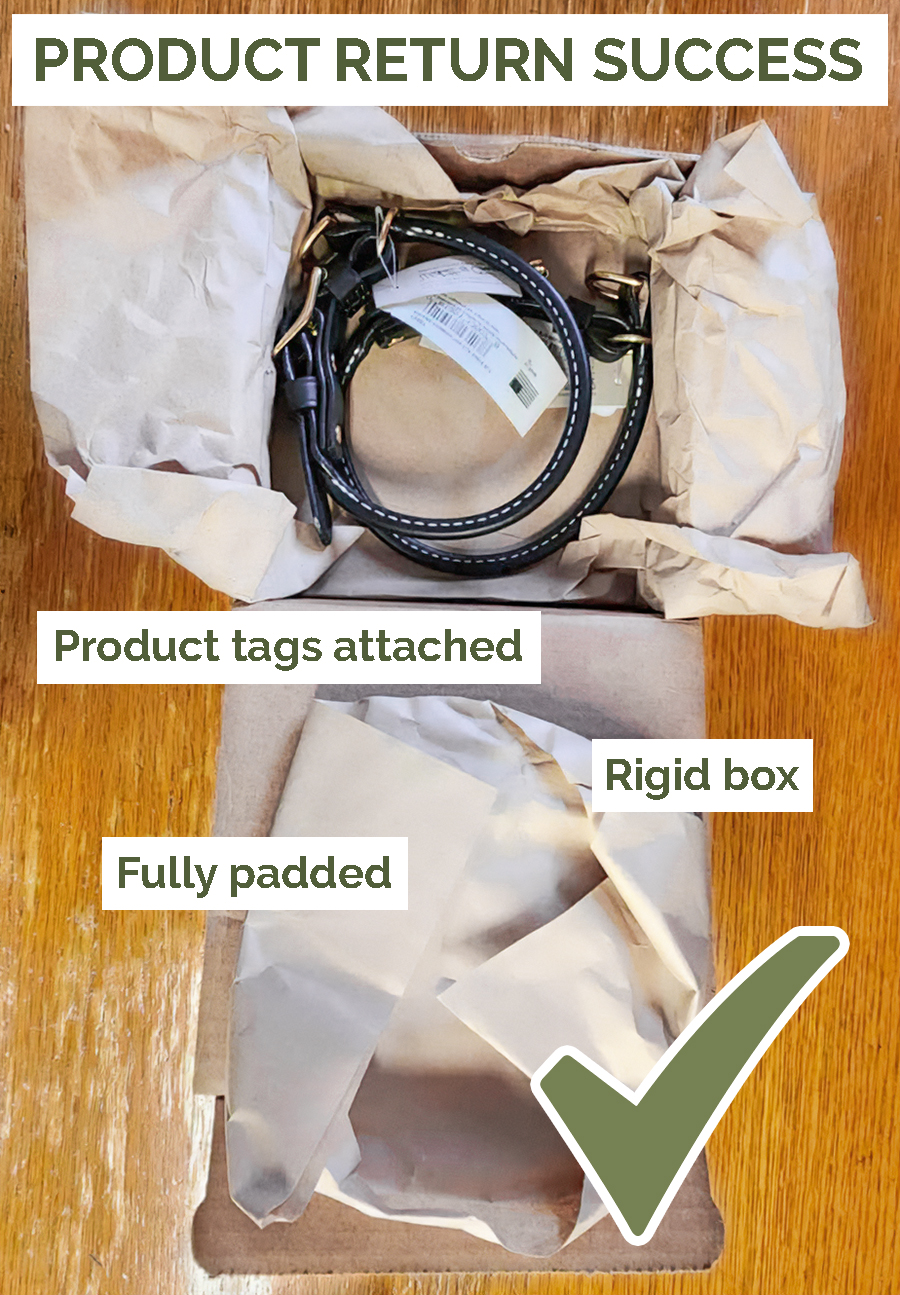The Hidden Costs of Returns: More Reasons to Shop Local / Shop Small
January 28, 2024
For customers, returns can seem like a zero-sum proposition, wherein a product is exchanged for its assigned monetary value. However, every step of the process involves hidden costs (financial, environmental, etc.) – and these costs add up, since almost 18% of online retail purchases are returned, versus 10% of in-store purchases.1
And what happens to all those returns? According to an excellent article in The New Yorker that is well worth the read, the majority of returned items end up in a landfill.2
While it might seem counterproductive for a company to throw away its own inventory, the fact is that there is an immense cost to handling returns. It takes time (and therefore money) to issue refunds and receive, inspect, and restock each item. On top of that, when the return is delivered in a less-than-resalable condition, the company is unable to recoup any profit but must take on the additional expense of disposal.
Big-box retailers (online or otherwise) often make little to no effort to resell returned products, particularly low-cost items, preferring to absorb the cost of the refund and item disposal or re-distribution through third-party channels rather than the more costly proposition of paying staff to inspect and restock each return. Because of the high cost of labor and the cumbersome and time-consuming process of inspecting each return on-the-spot, big-box retailers have been known to take back anything, no-questions-asked, even items sold by another retailer, boxes filled with the wrong product, and products that have been completely worn out.
Such no-questions-asked return policies may be convenient for shoppers and big-box retailers, but they contribute to expectations that are unrealistic for small businesses, which often work with tighter profit margins and give every transaction more personal attention.
To the contrary, small businesses are much more likely to resell returned items, as long as they are still in new condition. Speaking as a small business owner, for items that don’t meet our stringent standards, we first donate any that we can and discard only as a last resort.
Return Prevention Initiative
Let’s be honest – most of us have made a return that could have been avoided if we’d just put in a bit more thought before buying. The good news is that buyer’s remorse and the inconvenience of making a return are often preventable.
First of all, when possible, shop local. There’s a good reason that in-store purchases are about half as likely to be returned as online ones: When you can inspect the item in person, you can be more confident that what you are buying is what you are actually looking for, both in the sense of physical qualities like size, color, and material, and that it is actually something you want. When you have the item in front of you, you can be pretty certain that it is what you are looking for. After all, there’s no risk of receiving a different item than you ordered when you picked it out yourself.
Similarly, when shopping online, read any product reviews. Review size and fit information and check it against your measurements. If needed, contact the seller for further clarity.
As a final check, wherever you are shopping, take the time to consider each purchase. Is it something you really need? Given the information available, does it meet that need? Will it last as long as you need it to? Is it something that you will be happy with for the life of the product?
How to Make a Return: Don’t Be That Guy/Gal
Of course, sometimes even the most conscientious shopper may need to make a return. When a purchase just doesn’t work out, to make it easier on the seller and increase the chance that the item will be resold, make sure your returns are still in new condition, not wrinkled or crumpled, stained, or otherwise soiled. For online returns, repackage the item as you received it, or as close as you are able. If you have the receipt, include a copy with the item to save the retailer the effort of searching for the original selling price and making sure it was a legitimate purchase.
In Conclusion
My advice is to be considerate of retailers and the environment. Make your purchase decisions carefully and, when you have to make a return, do your best to ensure that the item will arrive in the same condition in which you received it. No one wants to look out their window at a landfill mounded with tons of unwanted returns that are less costly to dispose of than to resell.
Shop local. Shop small. And even when you can’t, shop with purpose.





